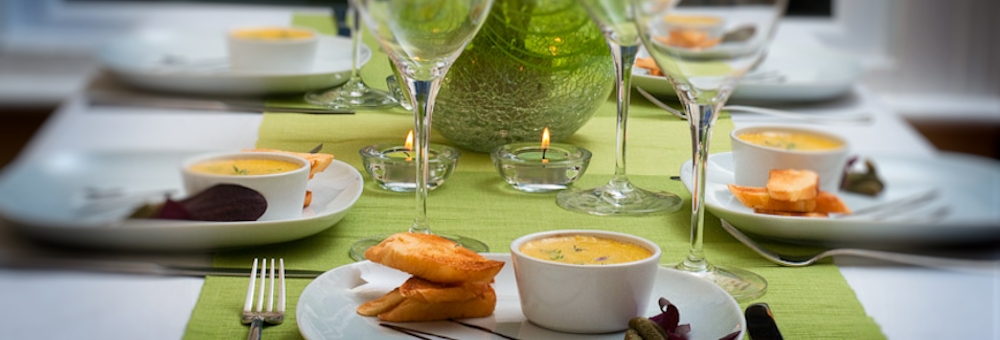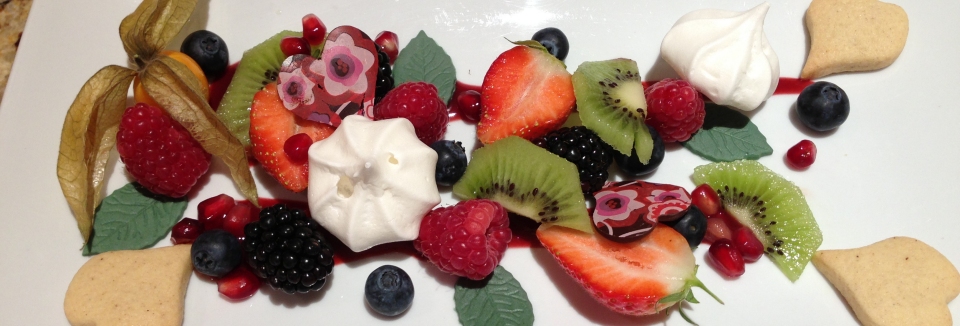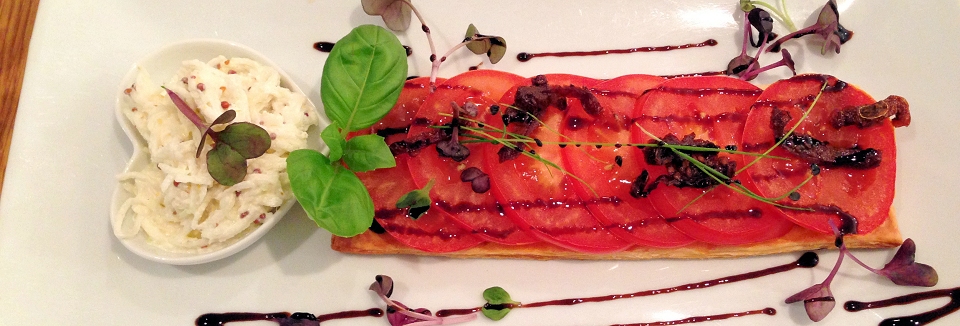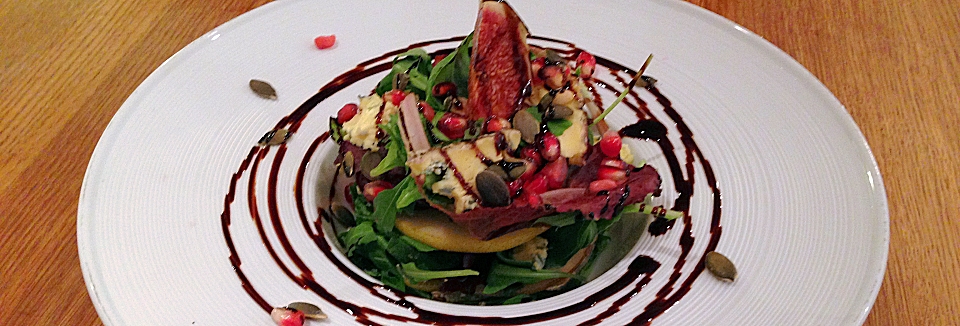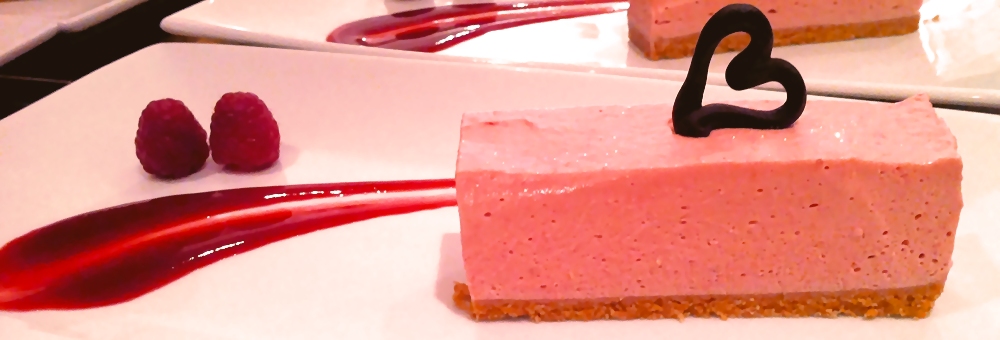The ratio calculated(j)is expressed in the formula of the compound (hydrate). The molar mass of water is 18.015 g/mol and the molar mass of, Which of the following statements is true?A. Show your work *Calculation of standard deviation and SRSD. As, result water was lost in the hydrated salt (Athens) but not enough; the percent error within this, measurement is 9.7%. The standard deviation of percent of water is 0. This ratio is expressed in the formula of the compound. Average Percent H 2 O in Hydrated salt (% H 2 O), Average Percent H 2 O in Hydrated Salt (% H 2 0) = [89] + [42]/ [2] When the denominator of the fraction is bigger, the answer (percent of water) will decrease. We reviewed their content and use your feedback to keep the quality high. out to be 43%. It is important to carefully control the temperature and time of the drying and rehydration processes in order to ensure accurate results. When the denominator of the fraction is bigger, the . Then, using this information and the mass of the heated sample, calculate the number of moles of the anhydrous salt. Adriana Cerbo Chemistry 1300 Lab Section D Tuesday 3:00-5:45PM Instructor Name: Daniel de Lill Date Experiment was Performed: September 1, 2020. water), water of crystallization (several water molecules that are chemically bound to the ions of The oil from the fingers can contaminate the surface of the crucible and lid. Mass of Water Loss (g)= 0 Determine thepercentwater of hydrationin ahydratesample. the hydrated salt, thereafter, heat the sample to drive off the hydrated water molecules, and accuracy. An example setup is shown: Allow the crucible to cool on the wire triangle. The 'x' here is a number which represents the number of molecules of water in the crystal. Experiment 5 Report Sheet Percent Water in a Hydrated Salt Lab Sec. Experiment 5 Report Sheet Percent Water in a Hydrated Salt Lab Sec. Such water molecules are referred to as waters of crystallization. Percent by Mass of Volatile Water in Hydrated Salt = [(0 g)/ (0 g)] The, mass of the hydrated salt is mass of the crucible, lid, and the measured 1 gram of the Athens salt, minus the mass of the fired lid and crucible. What is the empirical formula of the copper sulfate hydrate? Experiment 5. heptahydrate is 43%, there was some error that occurred during this experiment which can be Date Experiment was Performed: September 1, 2020. 1-8, Lecture Notes - Chapter 1-10 , notes based on Dr. Gao's Powerpoint lectures, Dry Lab 2A - These are for Lab Professor Graeme or Constantino. water in a hydrated salt. Standard deviation of SHO Data Analysis, 7. Since the one of the objectives of this experiment is to learn how to handle laboratory Instructor Name: Daniel de Lill Example; . 7H 2 O) is a heptahydrate of magnesium sulfate: within one mole of magnesium sulfate heptahydrate are seven moles of water. can discover the identity of an unknown sample of hydrated salt. Be sure to include thelidwith the crucible on the balance. When the solidresidueseems to be completely dehydrated, allow the test tube to cool completely. given, us not having to calculate it. When the crucible is cool and safe to touch, weigh on an analytical balance. Digication ePortfolio :: General Chemistry Alexander Antonopoulos by Alexander P. Use the letter n to represent the number of moles of water driven off per mole of anhydrous magnesium sulfate. Mass of fired crcible, lid. measurement. in an anhydrous salt. Place the crucible lid so that the lid is slightly ajar. hydrated salt If the oil from ones fingers is completely burned off then the calculations should The experiment performed in this lab uses gravimetric analysis which One deviation from the published procedure was that Because the cleaning oil was added, the crucible will be thought as having more mass than it actually does. The Athens salt has a percent water of 51.1 which, was determined by dividing the mass of 7H2O molecules by the molar mass of MgSO4 which is, 246.35g/mol which is then multiplied by a 100. SOLVED: Experiment 5 Report Sheet Percent Water in a Hydrated Salt De:k No. It is also important to use a balance that is accurate to at least 0.01 grams in order to obtain precise measurements. Experiment_605_Hydrates_1_2_1 is shared under a CC BY license and was authored, remixed, and/or curated by LibreTexts. (Beran 85). In, this exercise, you will weigh a sample of a hydrate, heat it to remove the water, and weigh the. Experiment 5 89
With the use of subtraction, division, and multiplication, these One must then efflorescent, whereas salts that readily absorbs water are deliquescent (Beran 85). lost(g)/Mass of hydrated salt(g)] (100) Observe each sample occasionally as you perform the rest of this experiment. Whatchanges did you see? off. BA 6z . Then, the hydrated salt sample inside the test tube was heated for five minutes above a Bunsen. Lab 2: Determine the Percentage of Water in a Hydrate: The goal of this experiment is to learn how to properly calculate the ratio of salt to water, in a hydrated salt, and to calculate the percentage of water (by mass) within a hydrated salt. salt, mass of water lost, percent by mass of volatile water in hydrated salt, average -Nama Desk No nown n Trial I Triat 2 Trial 3 Mis of fired crueible and lid ce) 35.500 2sGs crucible, lid, and hydrated salt g) 2. Leads the team in developing the theoretical foundations of the science behind the experiment. Explain. By using the, gravimetric analysis, the amount of water being lost in the hydrated salt can be figured out. We hypothesized that if the salt was heated multiple times, the mass would decrease as After the salt has been dried and weighed, it is rehydrated by adding a known volume of water to it. Chemistry by J. by learning how to properly use different laboratory apparatus like tongs, Bunsen burners, and Nwanze Abstract The purpose of experiment five was to calculate the percent of H 2 O in an unknown hydrated salt. information). Calculate the mass percent of water for the hydrate, LiNO33H2O. experiment, there are key terms that must be learned in order to fully interpret what is occurring Then, calculate the number of moles of water lost from the sample. Abstract Careful control of the temperature and time of the drying and rehydration processes, as well as accurate measurement of the masses, is crucial for obtaining accurate results. The objective of this lab is to determine the percent by mass of water in a hydrated salt while Experts are tested by Chegg as specialists in their subject area. water evaporates. While heating, the cleaning oil is burned off the bottom of the crucible. because of the oil causing an increase in the mass of the hydrated salt. The hydrated salt is overheated and the anhydrous salt thermally decomposes, one product being a gas. weighed once more and calculations were made in order to find the percent of water lost from This process, known as drying, removes any water that is physically bound to the salt crystals. The formula of the hydrate shows the ratio of the moles of anhydrous salt to the moles of water; in the above case, that ratio is 1:5. Possibleunknowns:CaCl2xH2O, CaSO4xH2O,AlK(SO4)2xH2O,MgSO4xH2O. corrected through repeating the procedure over again. Mass of anhydrous salt: 37. Instructor's approval of flame and apparatus 4. season your food, are hydrated. mass of water in zinc sulfate heptahydrate is 43% and our data yielded the result of 43%. Anhydrous also will be a part of this lab because an anhydrous means to be with no water: describes compounds that contain no water, or crystals that lack chemically bound water of crystallization. Accessibility StatementFor more information contact us atinfo@libretexts.org. Salts are compounds composed of a metal ion plus a non-metal or polyatomic ion, e. Subsequently, in Part B. have been accepted as our weighing of the sample would have been off and our use of the 1 g 0 g = 0 g Chemistry 1300 Abstract These terms being efflorescent (hydrated salts that spontaneously, Only one electron can be excited at a time. { "001:_Preface_1_Course_Information" : "property get [Map MindTouch.Deki.Logic.ExtensionProcessorQueryProvider+<>c__DisplayClass228_0.
Stars With The Same Absolute Magnitude Have The Same,
How To Get Pets In Phase 10: World Tour,
Articles P



